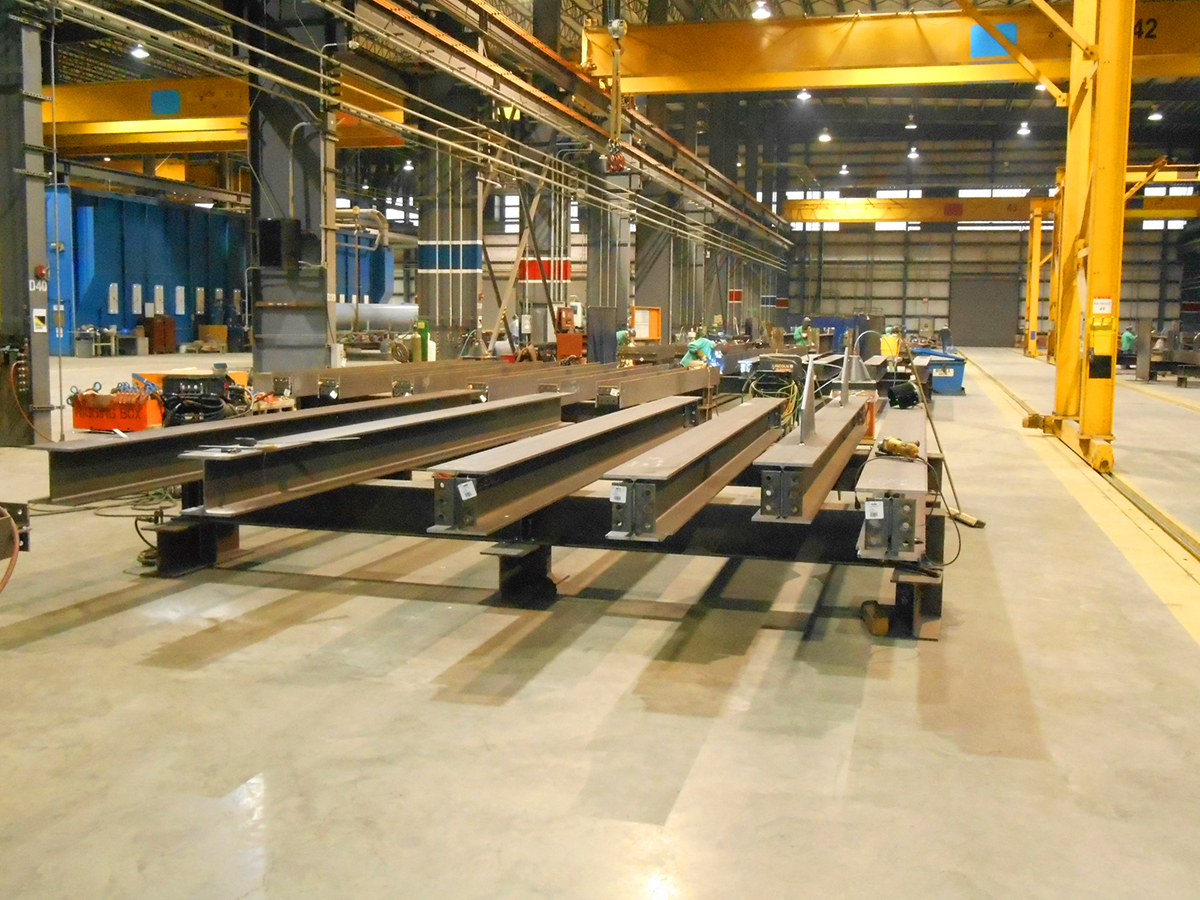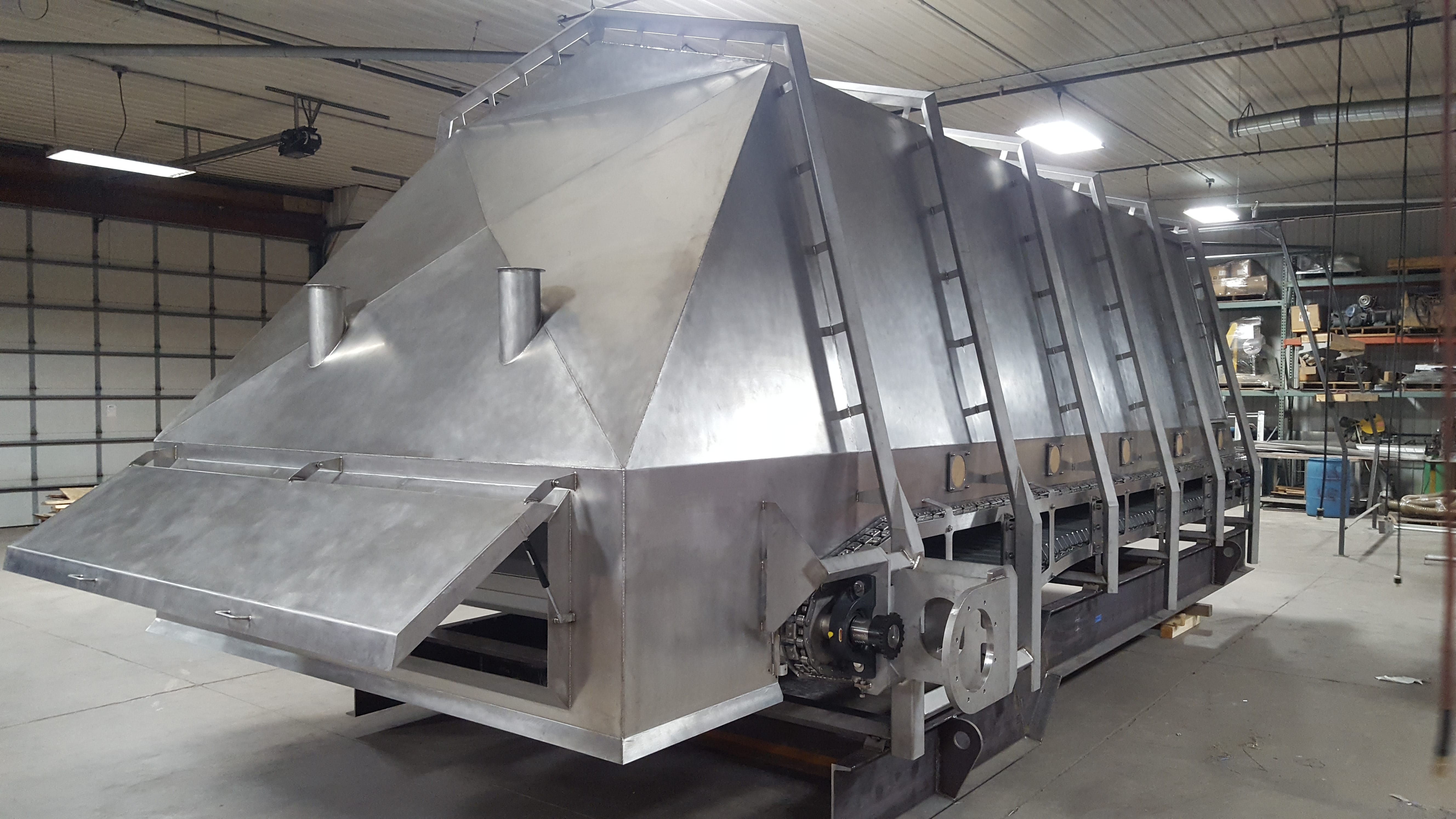Innovative Patterns in Steel Construction: Enhancing Toughness and Accuracy
In the realm of steel manufacture, the quest of resilience and accuracy has actually caused a wave of innovative fads that are reshaping the sector. From innovations in welding innovations to the integration of robot automation in construction procedures, the landscape of steel manufacturing is developing swiftly. High-strength alloy advancement, paired with the use of 3D modeling and simulation software, is pushing the borders of what is achievable in regards to structural stability and precision. The growing focus on lasting practices in steel manufacturing is not just driving performance but likewise cultivating a more ecologically aware method to manufacture. These fads are not just shaping the here and now yet additionally laying the foundation for the future of steel fabrication, guaranteeing additional improvements in toughness and accuracy.
Advanced Welding Technologies
In the realm of steel manufacture, the adoption of cutting-edge welding technologies has considerably revolutionized the market's approach to accomplishing exceptional quality and precision in architectural welds. Advanced welding innovations, such as laser light beam welding and rubbing mix welding, have emerged as game-changers in the area. By leveraging these advanced welding methods, steel producers can elevate the durability, stamina, and accuracy of their structural welds, satisfying the increasingly requiring requirements of contemporary building and construction projects.
Robotic Automation in Construction
Embracing robotic automation has actually come to be a cornerstone of contemporary steel construction practices, enhancing procedures and enhancing performance across the industry. Robots are reinventing the way steel components are made, using unmatched accuracy and speed while decreasing human error. These automated systems can manage recurring jobs with regular accuracy, causing better output.
One key benefit of robotic automation in steel construction is the ability to work around the clock without fatigue, substantially boosting manufacturing result. This continuous operation decreases downtime and increases task timelines, inevitably conserving prices for suppliers. Furthermore, robots can be programmed to carry out intricate tasks that may be harmful or difficult for human employees, improving safety and security in the work environment.
Furthermore, robot automation allows smooth integration with other electronic modern technologies, such as computer-aided design (CAD) software application and Net of Points (IoT) systems (steel fabricators melbourne). This interconnected strategy improves interaction between various phases of fabrication, optimizing operations and making sure real-time tracking and control. As the steel fabrication industry continues to evolve, robot automation stands out as a transformative force driving efficiency and precision in making procedures

High-Strength Alloy Development
The development of high-strength alloy development in steel manufacture is reshaping the market's technique to boosting product toughness and performance. High-strength alloys are engineered to exhibit remarkable mechanical buildings, such as raised tensile toughness, durability, and deterioration resistance compared to conventional steel qualities. By including these sophisticated alloys right into manufacture procedures, makers can visit create components that hold up against greater tension degrees and severe atmospheres, bring about more resilient and reputable final product.
One trick benefit of high-strength alloy development is the capacity to reduce product thickness without compromising structural honesty. This not just causes lighter-weight components however also adds to set you back savings and boosted effectiveness in fabrication and assembly procedures. The boosted strength-to-weight ratio of these alloys allows for the design and building and construction of frameworks with greater load-bearing capabilities while decreasing total weight.
3D Modeling and Simulation Software
Improvements in steel construction processes have actually been dramatically driven by the integration of innovative 3D modeling and simulation software application tools. These devices allow fabricators to develop comprehensive online designs of their projects, allowing them to visualize the final item with precision before any type of physical work begins.

Sustainable Practices in Steel Production
Including lasting practices into steel manufacturing processes is vital for minimizing ecological impact and ensuring long-term resource availability. One essential lasting method is the adoption of energy-efficient innovations to check it out decrease greenhouse gas emissions throughout the steel production procedure. This includes using renewable power resources, such as solar or wind power, to power steel plants and implementing energy-efficient tools to maximize energy usage.
One more important element of lasting steel production is the responsible sourcing of resources. This involves making certain that the iron ore and various other resources made use of in steelmaking are obtained from ecologically friendly and ethical sources. By promoting openness in the supply chain and adhering to rigorous ecological requirements, steel producers can minimize the adverse impacts of source removal on local communities and neighborhoods.

Final Thought
Finally, the ingenious patterns in steel manufacture such as innovative welding innovations, robotic automation, high-strength alloy development, 3D modeling and simulation software program, and sustainable methods are boosting the longevity and accuracy of steel products. These innovations are reinventing the steel manufacture sector by enhancing top quality, sustainability, and effectiveness. It is clear that the future of steel manufacture lies in embracing these innovative technologies to fulfill the demands of modern-day building and construction and manufacturing industries.
In the realm of steel fabrication, the search of sturdiness and accuracy has led to a wave of innovative trends that are improving the sector.In the realm of steel construction, the fostering of cutting-edge welding technologies has significantly revolutionized the market's strategy to attaining exceptional top quality and precision in structural welds. As the steel construction sector proceeds to develop, robot automation stands out as a transformative pressure driving efficiency and precision in producing processes.
Furthermore, recycling and reusing steel scrap and waste products play a significant function in improving the sustainability of steel manufacturing. steel fixing.In click to read more final thought, the innovative patterns in steel construction such as innovative welding modern technologies, robot automation, high-strength alloy growth, 3D modeling and simulation software, and sustainable practices are enhancing the sturdiness and accuracy of steel items